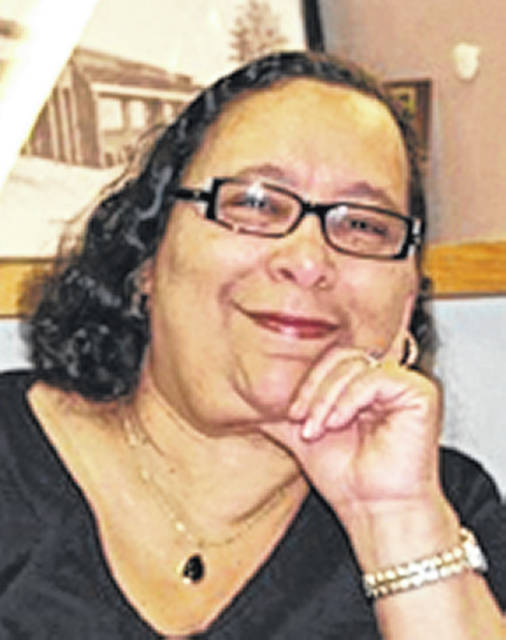
Most Americans are taught that the first black people landed in America in 1619 somewhere in Virginia. That is not quite true. There were black people with Ponce De Leon and other explorers much earlier. There is some evidence that one of the crew members in the Columbus expedition almost 200 years earlier was a black man.
At some point in American history scholarship, however, it was decided that the story of black people was to start with slavery.
Slavery was present in the Americas before black people came in numbers enough to fill the role. After the conquest of South America, the Caribbean and parts of North America by the Spanish Native Americans were enslaved to serve Spain. However, the Europeans brought diseases like measles, influenza, mumps, typhus, and smallpox and soon the native population was virtually wiped out. When the Spanish made contact in South America there were approximately 50 million Native Americans. Less than 100 years later there were 8 million.
Slavery in the Americas took very different paths in South America and North America. Of the 12 million or so black people stolen from Africa during the slave trade, only about 388,000 of them reached North America.
In South America slaves were treated as animals. There was rarely an attempt to keep them alive. It was cheaper to buy new slaves to replace them than provide healthier living conditions.
The original justification for taking people from Africa against their will was that it would give them the opportunity to become Christians. The warped and convenient theory was that they would be saved for all eternity and that if they had to be servants or slaves to get that opportunity it would be worth it to save their souls.
Since most Europeans and early colonists proclaimed their Christianity themselves, however, they had to come up with some reason for the oppression of these supposed new converts they were saving. It was against the basic tenets of Christianity to treat fellow Christians thus, pro-slavery writers jumped into action to justify the vile practice. The campaign to portray black people as inferior, bestial, ignorant and violent began in earnest and continued well into the late 19th century. We have some remnants of it today as well.
The pro-slavery writers were prodigious authors of fiction about black people. Two of the most prolific were George Fitzhugh and James Henry Hammond. While these and other white men wrote about how inherently and genetically inferior black people were, they knew better, far better. Because of climate and other conditions many Virginia planters wanted to stay close to the coast. They installed black people on their properties in the Piedmont not only as field slaves, but had slaves who kept the books, managed the plantations and supervised the other slaves.
The owners of slaves frequently broke the rules about teaching slaves to read and write because they needed them to do jobs that required them to keep records. Despite the supposed inferiority of black people the majority of white men did not let that stop them from raping female slaves. Ironically, Hammond, one of the primo pro slavers, according to his own words in his biography, “Secret and Sacred” actually fell in love with one of his slave women and installed her in his house as his mistress, sending his wife away to live with distant relatives. Sadly, we have no record of how his female slave felt about this arrangement.
Slavery was complex and not as simplistic as is taught in most high schools. That needs to change.


